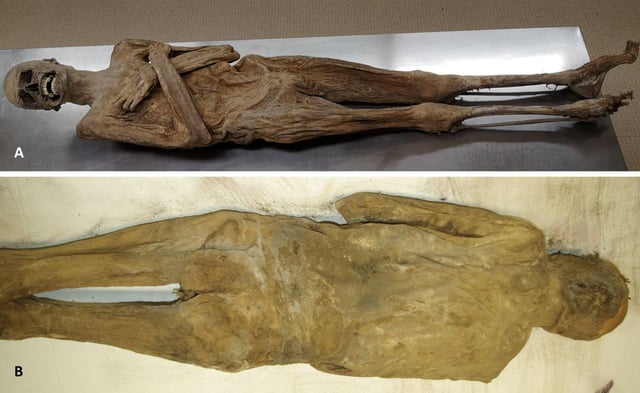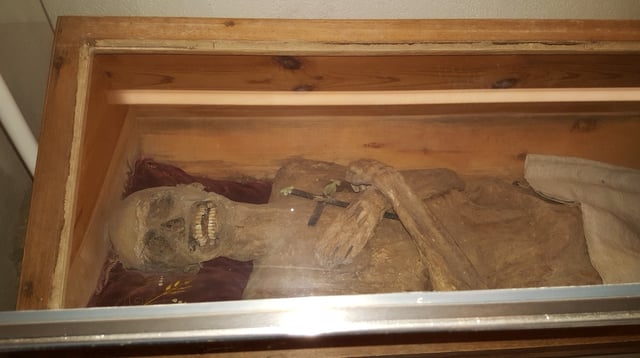Overview
- The mummy, displayed for centuries in an Austrian church crypt, was confirmed to be Franz Xaver Sidler, a parish vicar who died in 1746 at the age of 35 to 45.
- A novel internal embalming method was discovered, involving rectal stuffing with wood shavings, twigs, textiles, and zinc chloride to dry the body from within.
- Materials found in the body included fir and spruce shavings, linen, hemp, silk, and traces of zinc chloride and copper, all common in the region during the 18th century.
- Analysis also revealed Sidler suffered from tuberculosis and was a long-time pipe smoker, potentially contributing to his death.
- Researchers speculate the embalming was intended to preserve the body for transport, possibly reflecting a broader but undocumented practice in 18th-century Europe.

